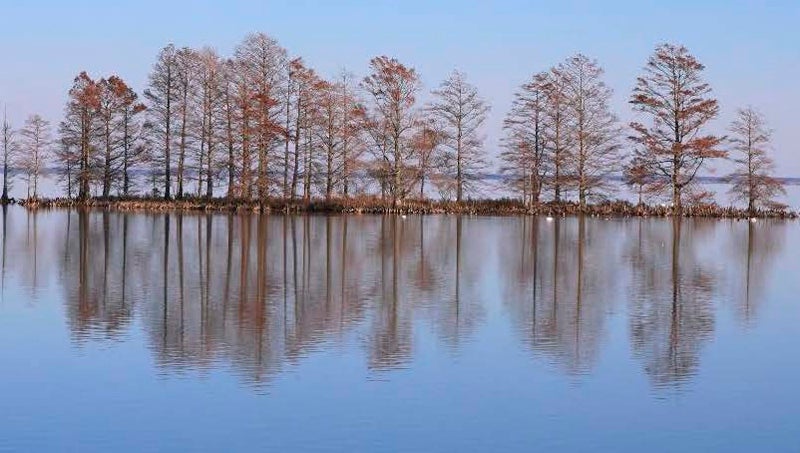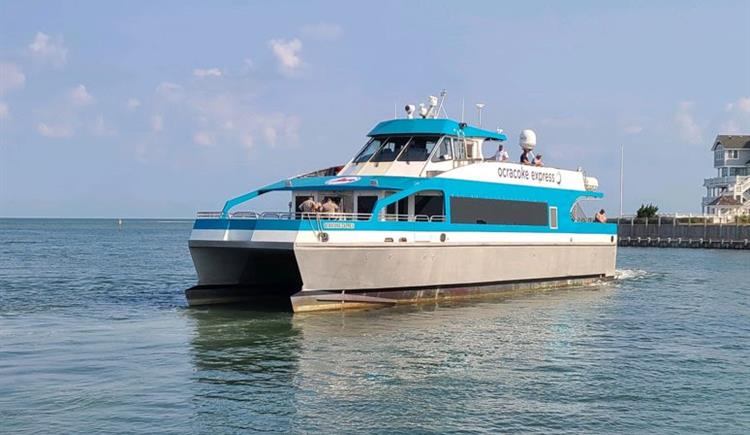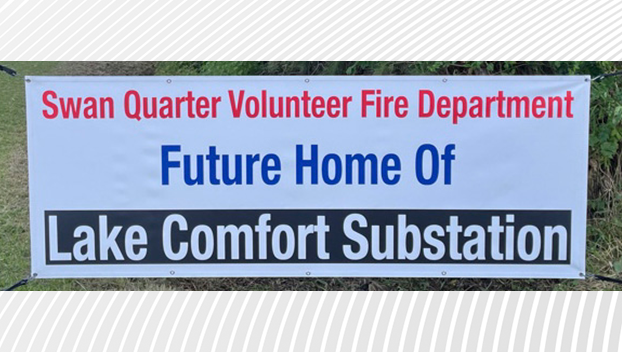Mattamuskeet water quality, flooding to be addressed in plan to be discussed Monday
Published 6:10 pm Wednesday, May 2, 2018

- RESTORATION: The Lake Mattamuskeet watershed is the subject of a plan being implemented to address water-quality and flooding issues affecting the watershed.
The fourth public meeting in a series of such meetings about the Lake Mattamuskeet Watershed Restoration Plan is scheduled for 7 p.m. Monday at the Hyde County Government Complex in Swan Quarter.
“The goal of the watershed restoration plan is to provide a blueprint for how to best address water quality and flooding issues that affect nearby landowners and harm the lake’s fish and wildlife. The quarterly public meetings are designed to involve the public in the development of the plan,” according to the North Carolina Coastal Federation.
Flooding and water-quality issues are the focus of the meeting. The planning process began in summer 2017, and it should be completed by November of this year. A draft of the plan is scheduled for review at the July 10 meeting. Another meeting is set for 7 p.m. Sept. 18. The July and September meetings will be held at the Hyde County Government Complex.
Linda D’Anna, a research associate for UNC Coastal Studies Institute, is scheduled to present her findings from interviews she conducted with county residents.
Michael Flynn, coastal advocate for the federation, is scheduled to review the strategies that are being evaluated. Flynn has compiled the strategies based on ideas that have been proposed from stakeholder meetings, input from previous public meetings and D’Anna’s interviews.
A time toward the meeting’s end will be used to gather feedback and suggestions from meeting attendees on the feasibility of the proposed strategies. “This process will help the planning team determine which strategies should be prioritized in the plan,” according to the federation.
“When completed, this plan will explain how the lake should and does function, its current status and health, and identify various practical management options for the lake watershed that will help address water quality and flooding issues. The goals and action items in the plan will be informed by scientific studies as well as local knowledge and experiences,” according to a federation news release.
Donnie Shumate, public information officer for Hyde County, addressed the question of why land around the lake floods more frequently and for longer periods of time. “The movement of water out of Lake Mattamuskeet is controlled by water control structures on each of the four main canals that connect the lake to Pamlico Sound and Alligator River. Water levels within the watershed vary depending on water levels in the sound, wind direction and rainfall. Over the past decades, rising sea levels and silting in the main canals have resulted in a poorly functioning drainage system. The lake depends on passive gravity drainage and cannot be lowered during periods of high tide,” he wrote in an email.
Shumate wrote this about why the lake’s water is no longer clear: “Since the 1980’s, water quality declines have been monitored in the lake. Results consistently show pH and chlorophyll a levels above normal limits, indicating algae blooms in the water. These blooms are caused by excess nutrients in the water, such as nitrogen and phosphorus. Toxic algal blooms have also been monitored. These blooms have some of the highest concentrations of algal toxins in the country, bordering on federal limits for recreational contact.”
Questions about the watershed restoration plan can be directed to Erin Fleckenstein, coastal scientist for the North Carolina Coastal Federation’s Wanchese office, at 252-473-1607. In the event of severe weather, the meetings will be rescheduled and community members can call that number or check the NCCF website for more information.





